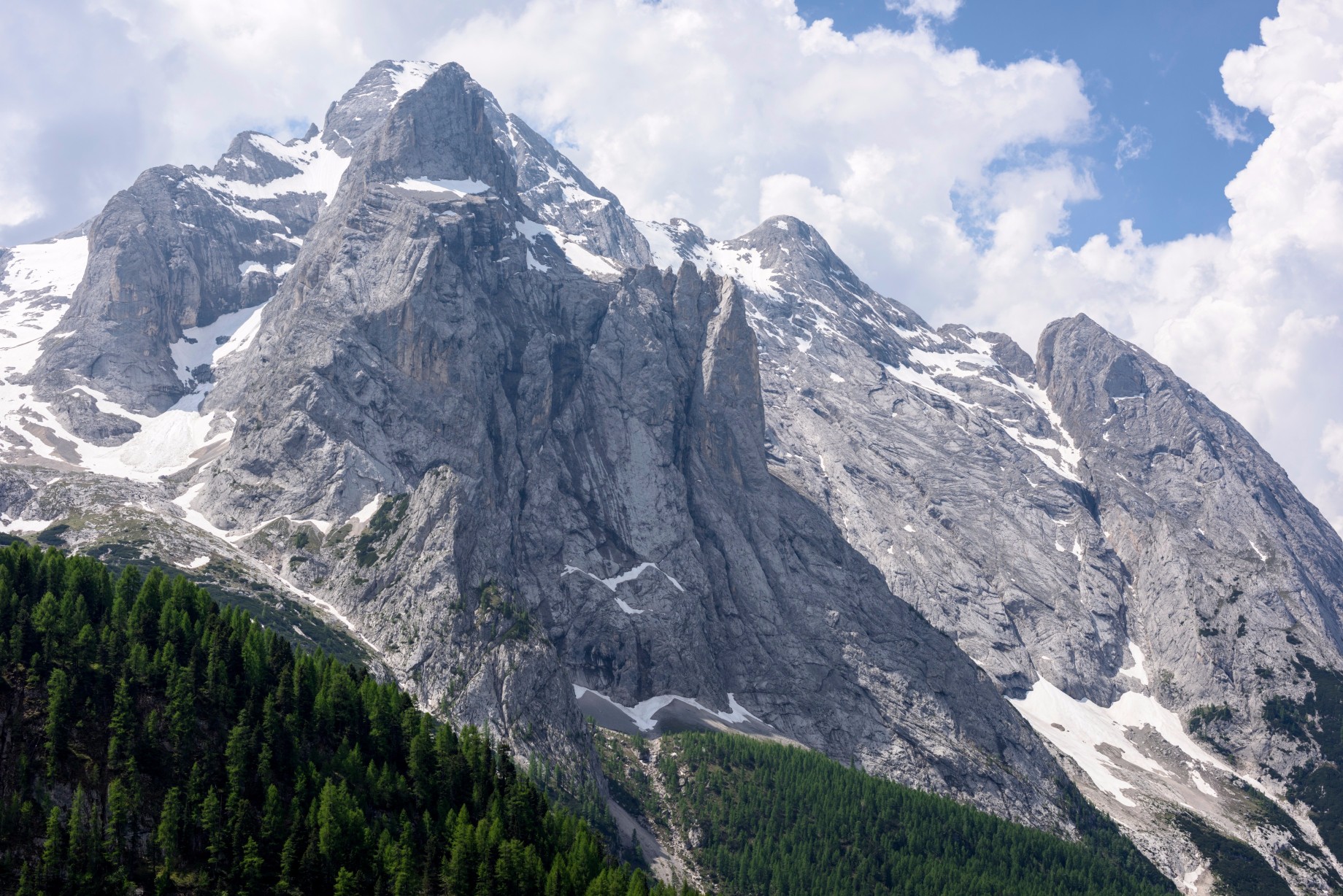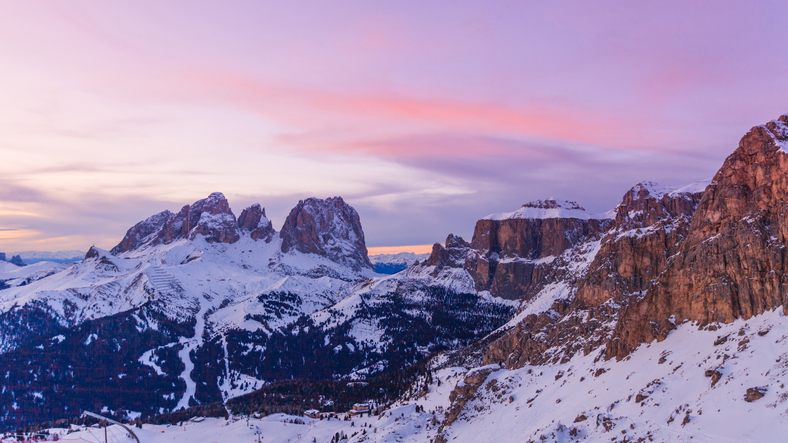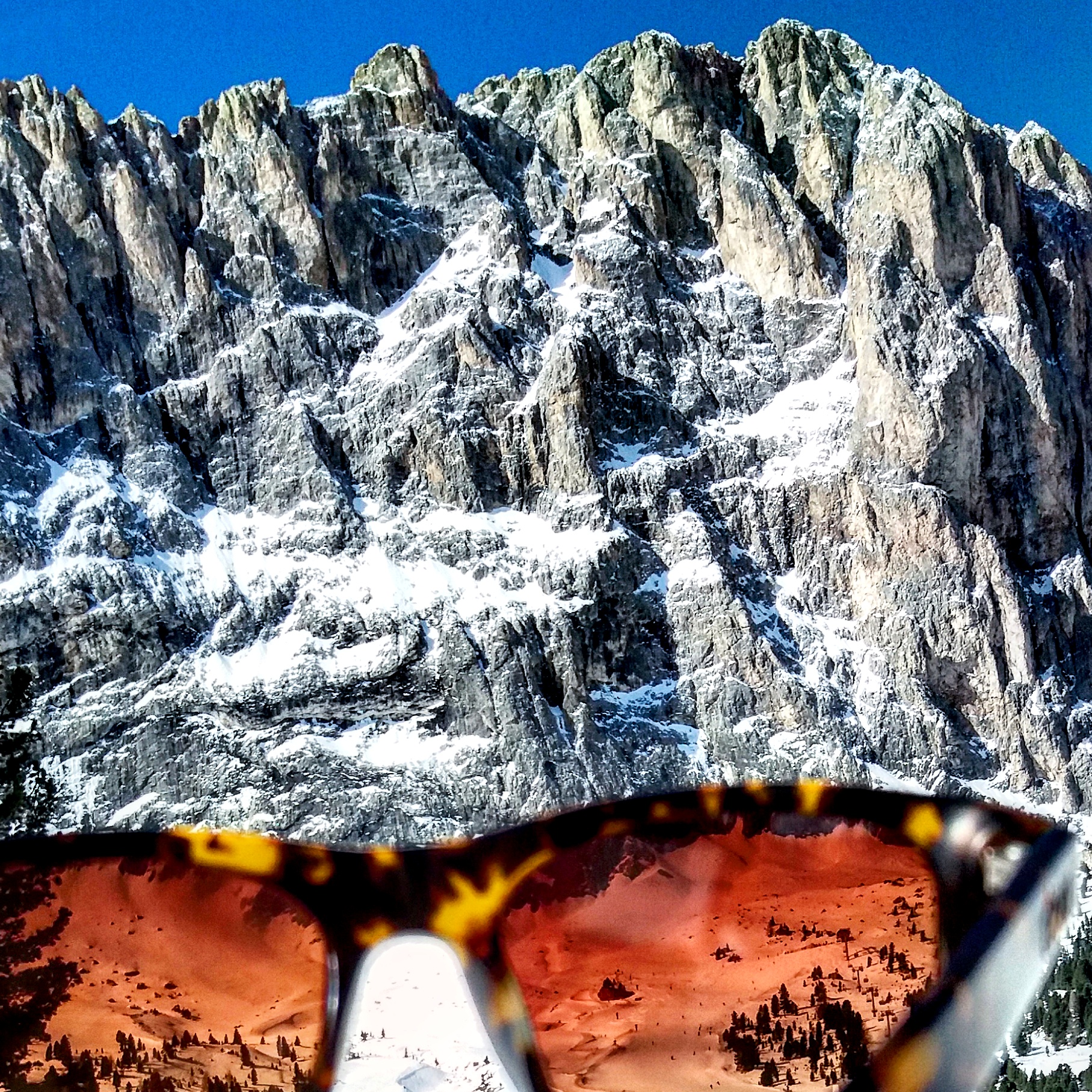“Outside, in front of the chalet a road went up the mountain. The road climbed steadily through the forest and up and around the mountain to where there were meadows, and barns and cabins in the meadows at the edge of the woods looking across the valley.”
Ernest Hemingway describes his route through the Italian Dolomites in ‘A Farewell to Arms’, one of the most acclaimed depictions of love and war, light and darkness, ever captured on the page.
The novel is based on the American author’s experiences as an ambulance driver on the Italian Front during the First World War. Hemingway’s services often required him to travel to the front, which ran across the peaks of the stunning Val di Fassa, from the Marmolada, the highest peak in the Dolomites, to Costabella, Juribrutto and Cima Bocche.
“We woke one morning and it was snowing,” the book reads. “We stayed in bed with the fire roaring in the stove and watched the snowfall. I went to the window and looked out but could not see across the road. It was blowing and snowing wildly.”














